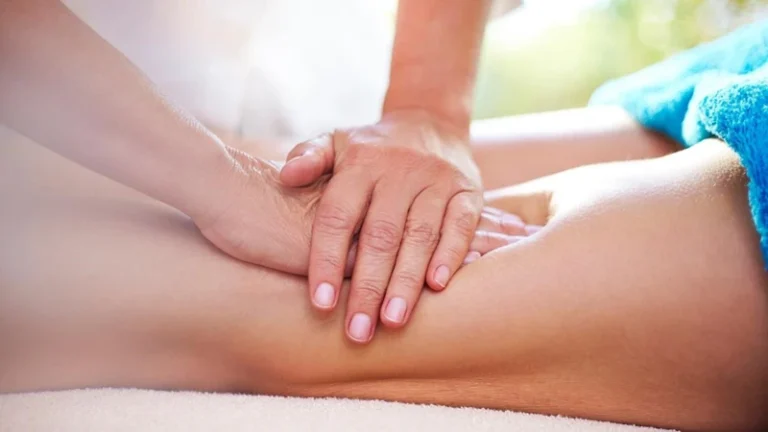If you have cancer, you may be wondering “why can’t I have a massage?”. While massage can help relieve stress, improve circulation, and reduce muscle tension, it is important to understand the health risks associated with massage if you have cancer. In this article, we will discuss why massage may not be suitable for those with cancer, and the potential health risks involved. We will also discuss other alternative therapies and treatments that may be beneficial.
Contents
What is Oncology Massage?
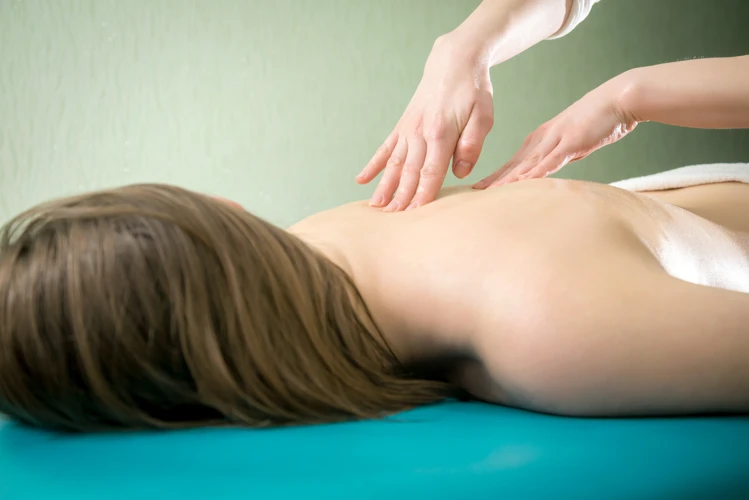
Oncology massage is a therapeutic massage adapted to meet the specific needs of people who have had a diagnosis of cancer. Oncology massage is a gentle, sensitive and relaxing form of massage that takes into account the physical and emotional effects of cancer and its treatments. It is tailored to meet the individual needs of the client, including their medical history, current medical condition, and physical and emotional state.
Benefits of Oncology Massage:
- Reduces stress, anxiety, and depression
- Increases relaxation
- Improves sleep
- Boosts energy levels
- Reduces fatigue
- Improves circulation
- Reduces pain, swelling, and stiffness
- Improves range of motion
- Improves digestion
- Reduces nausea
- Improves lymphatic drainage
Oncology massage is a safe and effective way to help reduce the physical and emotional side effects of cancer and its treatments. It can be used alongside conventional treatments such as chemotherapy, radiation, and surgery, to help alleviate the symptoms associated with cancer. It can also help to reduce the side effects of the treatments themselves.
Why Can’t You Have a Massage If You Have Cancer?

What Happens If You Massage a Tumor?
Massaging a tumor can cause it to enlarge, become tender, or bleed. It can also cause the tumor to spread to other parts of the body, which can lead to further complications. Massaging a tumor can also cause pain and discomfort to the person being massaged.
Why Is Cancer a Contraindication to Massage?
Cancer is considered a contraindication to massage because massage can cause pain and discomfort to the person being massaged. Massaging the affected area can also cause the tumor to enlarge, become tender, or bleed. In addition, massage can cause the tumor to spread to other parts of the body, which can lead to further complications. Massage can also interfere with the body’s natural healing process, which can delay recovery. For these reasons, it is important that people with cancer avoid massage until they can be sure that the cancer has been fully treated. How long after radiation can you get a massage depends on the type and stage of cancer, and should be discussed with a doctor before massage is attempted.
How Long After Radiation Can You Get a Massage?
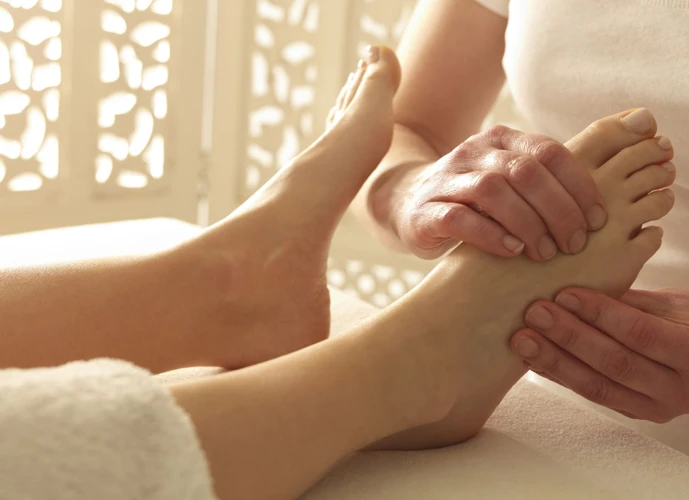
Radiation therapy can be an effective treatment for cancer, but it can also cause skin damage and other side effects. Because of this, it is important to be aware of the risks involved when opting for a massage after radiation therapy. Generally, it is recommended to wait a minimum of six weeks after radiation therapy before getting a massage.
It is important to discuss with your doctor or healthcare provider before scheduling a massage. They may also provide further information about any potential risks and recommend specific types of massage that may be suitable for you.
In some cases, it may be best to wait up to 12 weeks after radiation therapy before getting a massage. This is especially true if the area being treated is close to the spine or if the patient is experiencing inflammation, soreness, or swelling in the area. It is also important to be aware that the effects of radiation can last much longer than the treatment itself.
The same guidelines apply to those who have undergone chemotherapy. It is generally recommended to wait at least six weeks after the completion of chemotherapy before getting a massage, and up to 12 weeks if the patient is experiencing any discomfort.
In any case, it is essential to discuss the risks with your doctor or healthcare provider before scheduling a massage, as they can provide advice on the best course of action.
How Long After Chemo Can You Get a Massage?
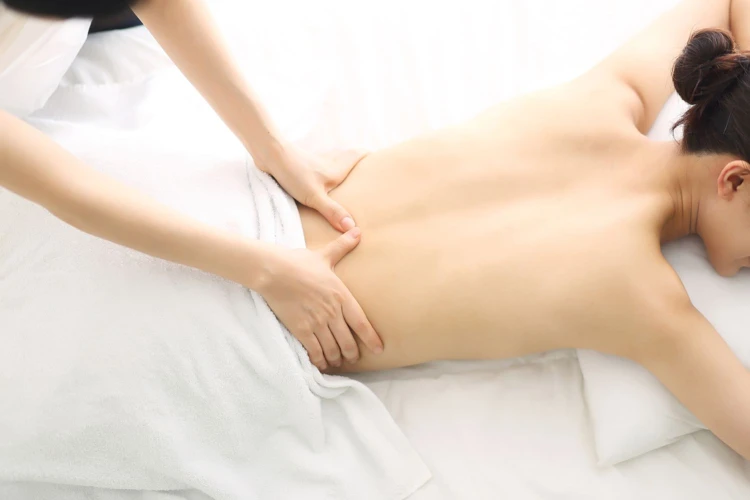
It is recommended to wait at least two weeks after chemotherapy before getting a massage. This is due to the fact that chemo drugs can be released in the bloodstream through massage, and the side effects of chemotherapy can be increased by the massage.
- Chemotherapy drugs remain in the bloodstream for a few days after treatment, and massage may increase the amount of drug released. This can be dangerous for patients and can increase the side effects of the chemo drugs.
- The lymph nodes can be easily irritated by massage and can cause an increase in the release of chemo drugs. For this reason, it is not recommended to massage lymph nodes after chemotherapy.
- Massage can also increase the risk of infection due to the weakened immune system. Therefore, it is important to wait a few weeks after chemo before getting a massage.
The massage therapist should also be aware of the patient’s medical history and any contraindications for massage treatment. In particular, why is cancer a contraindication to massage and the type of chemotherapy or radiation the patient has received should be discussed before the massage session. The massage therapist should be able to provide the patient with a safe and effective massage experience, even after chemotherapy.
How to Massage Cancer Patients?
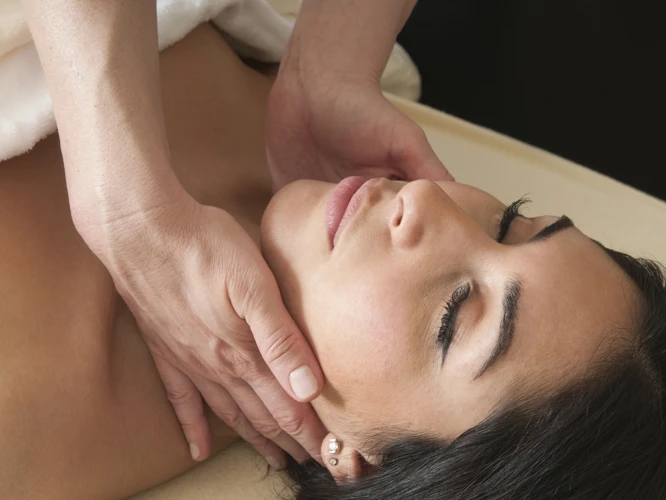
Before starting any massage treatment on cancer patients, it is important to consult with their doctor to ensure the massage is safe and appropriate for them. Generally, massage is not recommended for patients with tumors or metastatic cancer, as it may cause the tumor to enlarge.
For cancer patients who are healthy enough for massage, it is important to avoid applying pressure directly to the area of the tumor, as this can cause discomfort or even pain. The massage therapist should also use a very light touch, as the patient’s skin may be sensitive due to radiation or chemotherapy.
The massage therapist should also take extra caution to ensure that the patient does not become too hot during the massage session. If the patient feels uncomfortable, the massage therapist should stop immediately.
In some cases, massage therapy may be beneficial for cancer patients. For example, massage can help reduce pain, stress, and tension. Massage can also help improve circulation, which can help reduce fatigue.
However, it is important to note that massage should never be used as a substitute for medical treatment. Massage should only be used as an adjunct to medical treatment and should never be used to treat what happens if you massage a tumor. If the patient is not sure whether massage is right for them, they should consult their doctor before getting a massage.
What Is Oncology Massage Therapy?
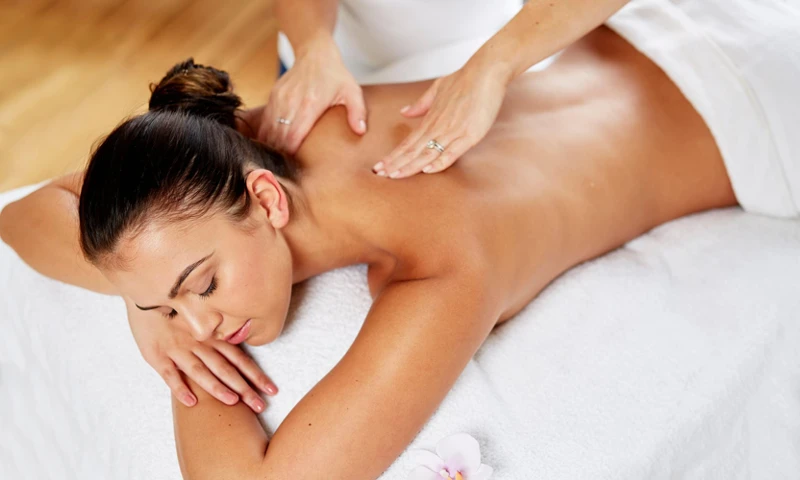
Oncology massage therapy is a form of massage that is tailored to the needs of cancer patients. It is specifically designed to provide a safe and supportive environment for people who are dealing with the physical and emotional challenges of cancer treatment. Oncology massage therapists are specially trained to understand and accommodate the health needs of a person with cancer.
The massage therapist works with the patient to create a massage plan that will address the patient’s individual needs. These may include pain relief, stress reduction, improved sleep, and relaxation. The therapist may use a variety of massage techniques, including Swedish, deep tissue, and myofascial release.
Oncology massage therapy is different from other types of massage in that it is tailored to the individual needs of the patient. It is important to note that the massage therapist should never massage a cancer patient without first consulting with the patient’s doctor. Massage therapists must be knowledgeable about how to massage cancer patients safely, taking into account the specific needs of the patient.
The benefits of oncology massage therapy can include reduced pain, improved range of motion, improved circulation, and improved quality of life. It can also help the patient to cope with the emotional challenges of having cancer.
Oncology massage therapy is a safe and supportive form of massage therapy that has been shown to have significant benefits for cancer patients. It is important to always work with a massage therapist who is knowledgeable about how to massage cancer patients safely and effectively.
What Are the Benefits of Oncology Massage?
Oncology massage therapy is a specialized form of massage that is tailored to meet the needs of individuals living with cancer. It is a modified and gentle form of massage that is tailored to each individual’s condition and needs and provides many benefits to those living with cancer. Oncology massage therapy can help to reduce stress, anxiety, and depression, and improve overall emotional well-being. It can also reduce fatigue, insomnia, and pain, and improve quality of life. Furthermore, it can improve lymphatic drainage, reduce swelling, and provide a sense of relaxation. Oncology massage can also provide support and coping strategies to those living with cancer and their families. Additionally, it can provide a sense of hope and help to improve body image and self-esteem.
Frequently Asked Questions
What are the Potential Risks of Getting a Massage if I Have Cancer?
1. Increased Spread of Cancer – Massage can cause an increase in circulation, which can spread cancerous cells more quickly throughout the body, creating the potential for cancer to spread more quickly.
2. Pain, Swelling, and Inflammation – Massage can cause the area around the tumor to become tender and swollen, which can result in pain. In addition, massage can cause inflammation, which can further aggravate the pain and discomfort.
3. Compromised Immune System – Massage can cause the body to become more vulnerable, which can cause the immune system to become compromised. This can make the body more susceptible to infections and other illnesses.
4. Risk of Injury – Massage can cause the skin to become more sensitive, leaving it more vulnerable to cuts, scrapes, and other injuries.
5. Risk of Worsening Symptoms – Massage can cause the symptoms of cancer to worsen, such as nausea, vomiting, and fatigue.
Is there any type of massage that is safe to receive if I have cancer?
- Light touch massage:
-
- This type of massage is not intended to relieve muscle tension or pain, but rather to provide gentle contact with the skin. It is not intended to address any underlying medical conditions.
-
- Paraffin wax treatments: Paraffin wax is a safe and effective way to reduce muscle tension and improve circulation. This type of massage is generally safe for people with cancer, although the wax should not be applied directly to the skin.
-
- Acupressure massage: Acupressure massage is a form of massage that focuses on specific points along the body’s meridians. It is believed to help promote healing by stimulating and balancing the flow of energy within the body.
-
- Hot stone massage: Hot stone massage is a type of massage that uses heated stones to massage the body. The heat of the stones can help to relax the muscles and reduce stress. However, people with cancer should be cautious with this type of massage as it can be too intense for some.
-
- Aromatherapy massage: Aromatherapy massage is a type of massage that uses essential oils to help relax the body and mind. It is believed to help promote healing and can be used to help reduce pain and stress.
- Reiki massage: Reiki massage is a type of massage that uses a technique called “laying on of hands” to help promote healing. It is believed to help promote relaxation, reduce stress, and improve overall wellbeing.
Overall, there are some types of massage that are safe to receive if you have cancer. It is important to discuss any massage therapy with your doctor before starting, as some types of massage may not be appropriate for your condition.
What other treatments or therapies can I receive if I have cancer and cannot have a massage?
Other treatments and therapies for cancer patients include acupuncture, yoga, tai chi, guided imagery, and music therapy. Additionally, psychological counseling, cognitive behavioral therapy, and art therapy can be beneficial for those undergoing cancer treatment. Exercise and nutrition programs may also be recommended to help strengthen the immune system, as well as to improve overall well-being.
Are there any medical professionals I should consult before getting a massage if I have cancer?
Yes, it is essential to consult with medical professionals such as oncologists, doctors, and massage therapists to determine if a massage is safe for someone with cancer. It is important to discuss any potential risks and benefits of the massage, as well as any contraindications that might exist given the specific type of cancer and its treatments. Get checked for cancer risks regularly, especially if your family has a history of it. Additionally, it is important to determine how to perform the massage safely, including using appropriate pressure and avoiding any areas that may have been affected by radiation or surgery.
Are there any other health issues or conditions that may be impacted by getting a massage if I have cancer?
Yes, other health conditions may be impacted by getting a massage if you have cancer. Massage therapy may worsen lymphedema, cause blood clots, or increase pain. Additionally, there is the risk of infection if the massage therapist is not adequately trained in how to properly sanitize their equipment and use proper hygiene. Massage can also cause fatigue and interfere with chemotherapy, radiation, and other treatments. Therefore, it is important to consult with your doctor before getting a massage.
Conclusion
Massage therapy can be a beneficial component of care for those living with cancer. However, it is important to understand the potential risks involved and to talk to a health care professional first to ensure that massage therapy is safe for the individual. It is also important to inform the massage therapist of the cancer diagnosis and any treatments being received. With this information, the therapist can tailor the massage to the individual’s needs and provide a safe and beneficial experience.

